www.maraddatz.com
Stand with UC to protect our vital mission: www.universityofcalifornia.edu/get-involved...
Stand with UC to protect our vital mission: www.universityofcalifornia.edu/get-involved...

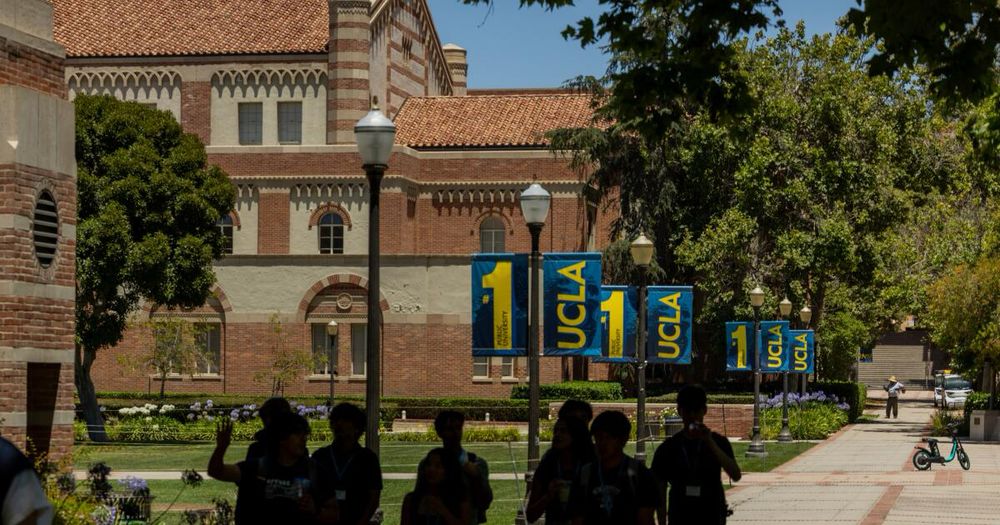
1/9
@jaccjournals.bsky.social
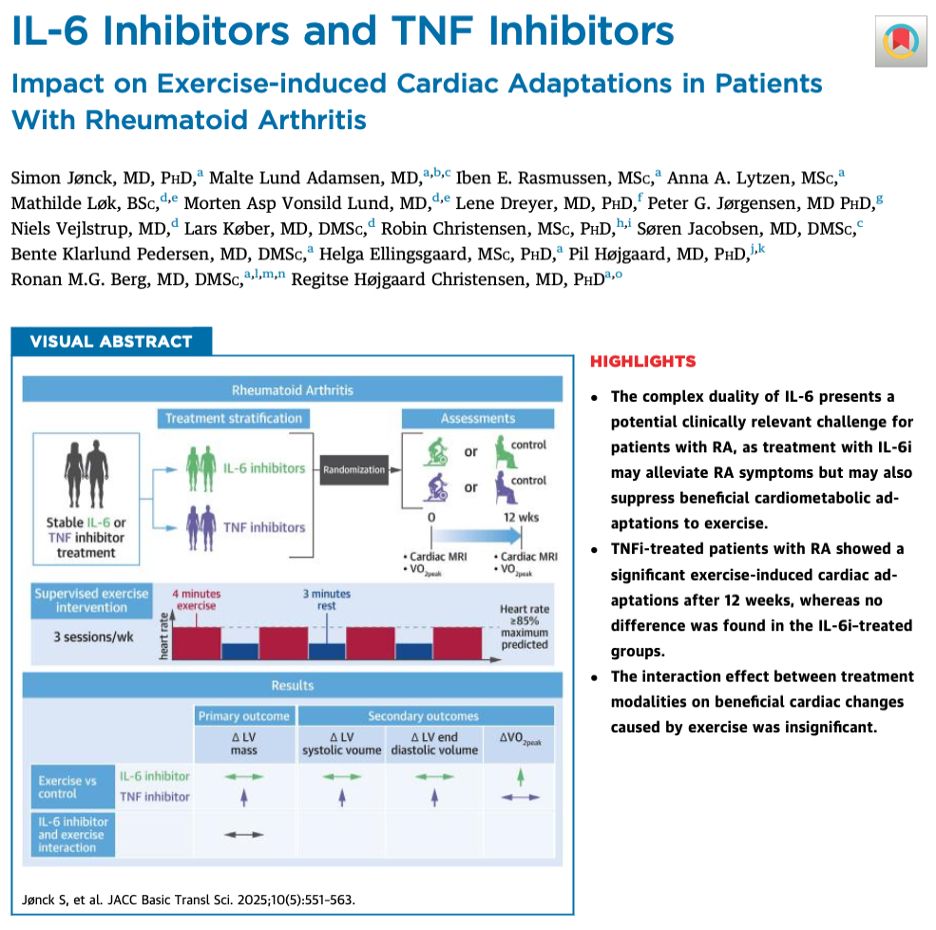
1/9
@jaccjournals.bsky.social

Excited to have contributed to this work. #AHA25
www.thelancet.com/commissions/... @thelancet.bsky.social
Excited to have contributed to this work. #AHA25
www.thelancet.com/commissions/... @thelancet.bsky.social
1/10
@jaccjournals.bsky.social
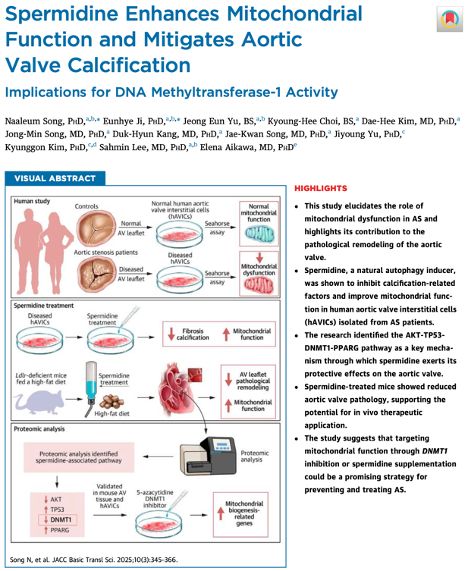
1/10
@jaccjournals.bsky.social
Publications from 2025 are shared more on Bluesky than on X/Twitter.
Publications from 2025 are shared more on Bluesky than on X/Twitter.
This is quite damaging to research and to individuals.
This is pure terrorism and cannot be legal. But litigation will take time...
This is quite damaging to research and to individuals.
This is pure terrorism and cannot be legal. But litigation will take time...
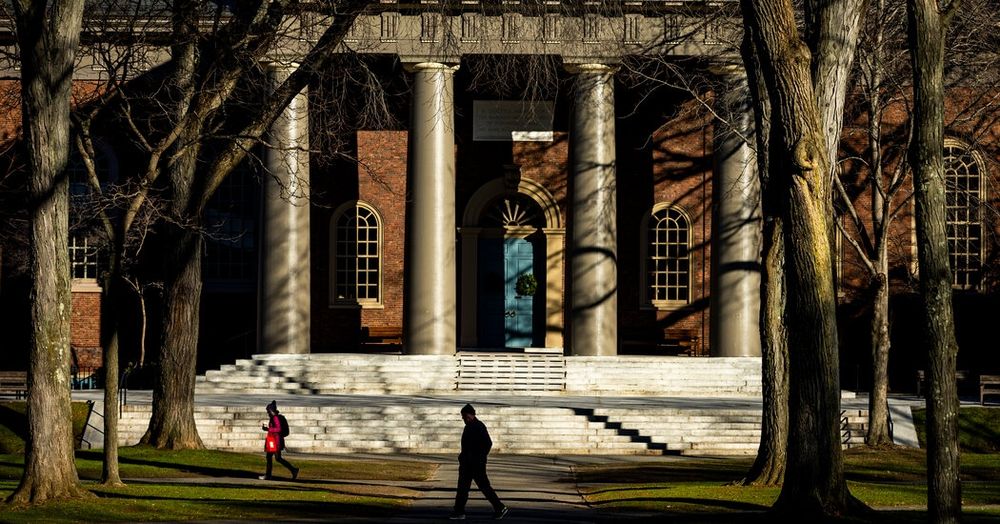
Musk wealth: $351b
Both are mostly funded by your tax dollars
But only one might save your life
.
.
.
.
Sources:
www.nih.gov/about-nih/wh...
Search results: elon musk net worth g.co/kgs/6c8YEuB
@standupforscience.bsky.social
Musk wealth: $351b
Both are mostly funded by your tax dollars
But only one might save your life
.
.
.
.
Sources:
www.nih.gov/about-nih/wh...
Search results: elon musk net worth g.co/kgs/6c8YEuB
@standupforscience.bsky.social
Sources: medschool.duke.edu/about-us/fac... & www.unitedformedicalresearch.org/nih-pdf/?sta...
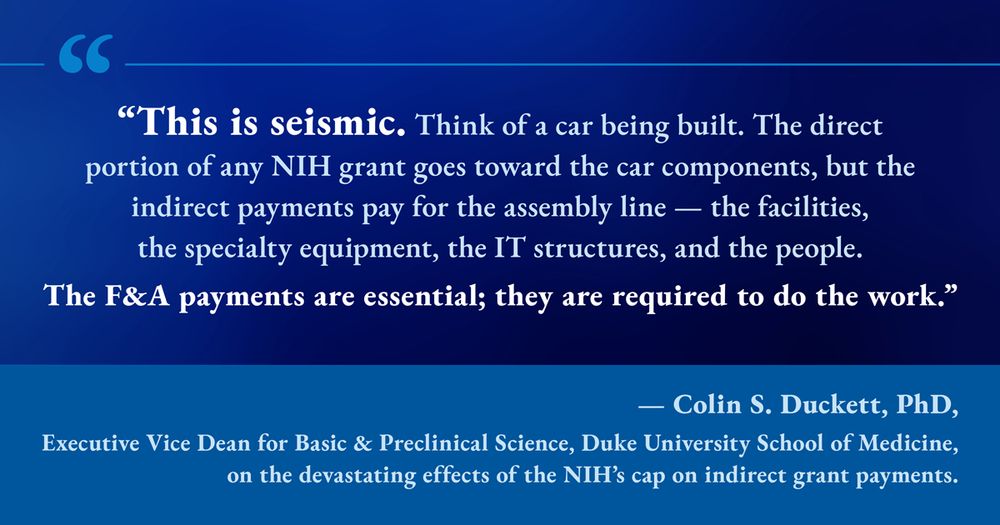
Sources: medschool.duke.edu/about-us/fac... & www.unitedformedicalresearch.org/nih-pdf/?sta...
www.ahajournals.org/doi/10.1161/...

www.ahajournals.org/doi/10.1161/...
"Bluesky is much better for science. There is much less toxicity, misinformation, and distractions."
www.nature.com/articles/d41...
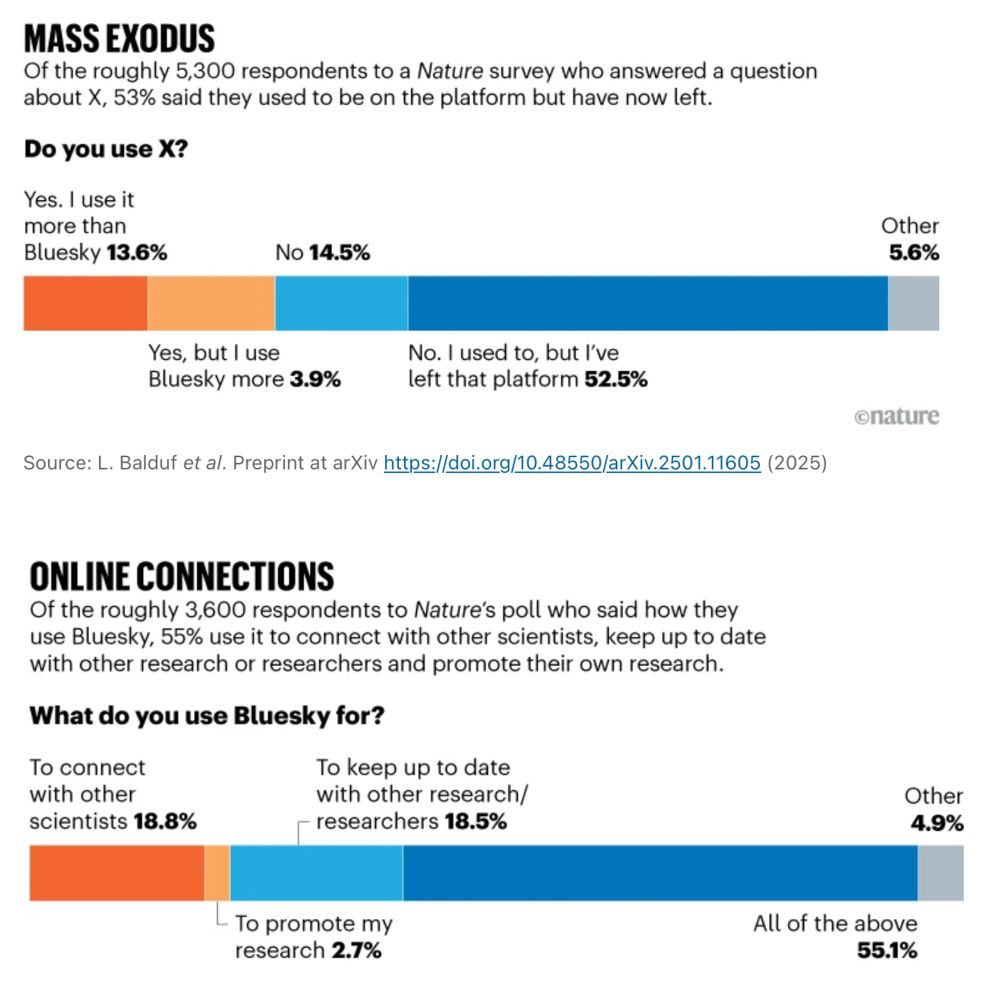
"Bluesky is much better for science. There is much less toxicity, misinformation, and distractions."
www.nature.com/articles/d41...
1/n
@jeffhsumd.bsky.social @jaccjournals.bsky.social @vascularimmuno.bsky.social @jeanwassenaar.bsky.social

1/n
@jeffhsumd.bsky.social @jaccjournals.bsky.social @vascularimmuno.bsky.social @jeanwassenaar.bsky.social

